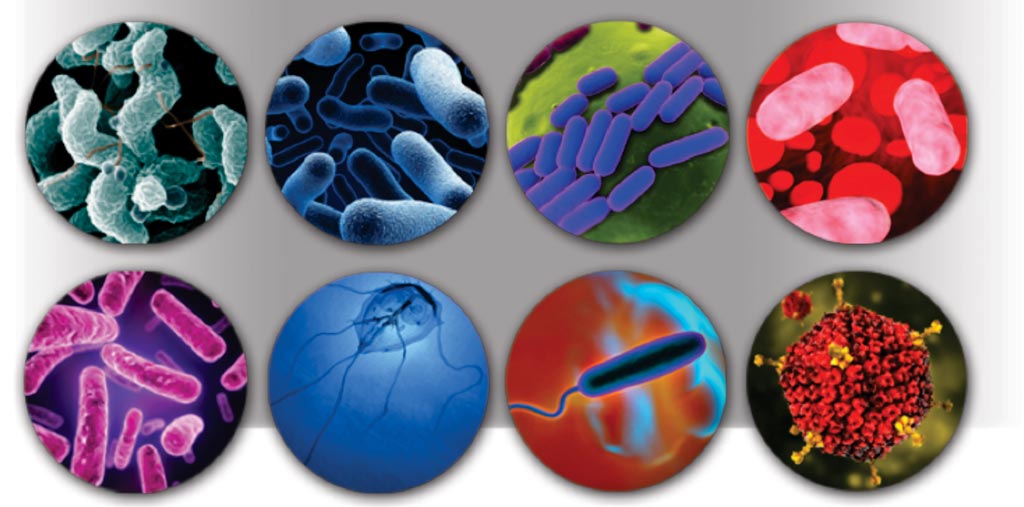Swabs Compared for Pediatric Enteropathogens
By LabMedica International staff writers
Posted on 25 Oct 2017
Diarrheal stool samples are currently preferred for enteropathogen detection, but they are inconvenient to collect if they are not immediately available, leading to suboptimal return rates and delayed or missed diagnostic opportunities.Posted on 25 Oct 2017
It is sometimes difficult to collect a sufficient fecal sample from pediatric patients, so a comparison of enteropathogen yields of rectal swabs and stool specimens in an outpatient cohort of children with diarrhea and/or vomiting has been conducted.

Image: The xTAG Gastrointestinal Pathogen Panel is a multiplexed nucleic acid test intended for the simultaneous qualitative detection and identification of multiple viral, parasitic, and bacterial nucleic acids in human stools (Photo courtesy of Luminex).
A team of scientists working with the University of Calgary (Calgary, AB, Canada) studied an outpatient cohort of children who were less than 18 years of age, with equal to or greater than three episodes of vomiting or diarrhea in 24 hours and with less than seven days of symptoms. The team attempted to collect rectal swabs and stool from all participants. Specimens were subjected to testing with the xTAG Gastrointestinal Pathogen Panel, an in-house 5-virus panel and bacterial culture. Primary outcomes were comparative (submitted paired specimens only) and overall (all specimens, unsubmitted specimens analyzed as negative) yields.
Of the 1,519 subjects enrolled, 1,147 (75.5%) and 1,514 (99.7%) provided stool and swab specimens, respectively. The proportions of specimens positive for any pathogen were 75.9% (871/1147) and 67.6% (1024/1514). Comparative yield adjusted odds ratio (OR) in stool relative to swabs were 1.24 and 1.76 in children with and without diarrhea at presentation, respectively. Overall concordance analysis yielded a kappa of 0.76. Paired positive viral specimens had a lower median cycle threshold value that is higher viral loads in stool samples compared with swabs for all viruses. In overall yield analysis, the proportions positive for a pathogen was 57.3% and 67.4% for stool and rectal swabs, respectively; unadjusted OR: 0.65 for stool relative to swab.
The authors concluded that rectal swabs should be performed when enteropathogen identification, and/or rapid detection, is needed, molecular diagnostic technology available, and stool not immediately available. The study was presented at the annual meeting of the Infectious Diseases Society of America (IDSA) held October 4-8, 2017, in San Diego, CA, USA.
Related Links:
University of Calgary













